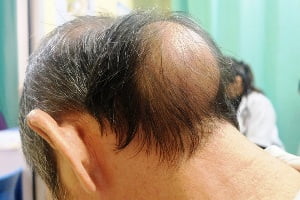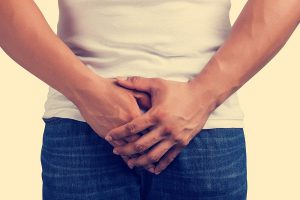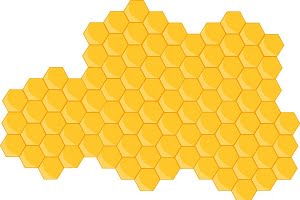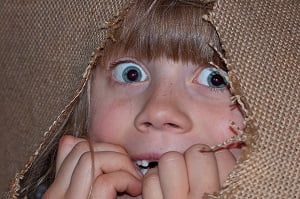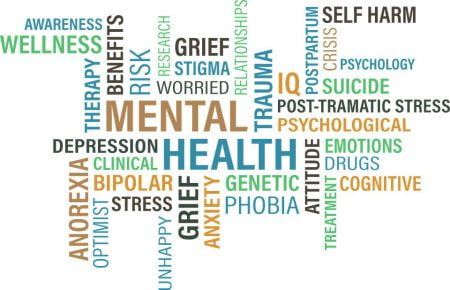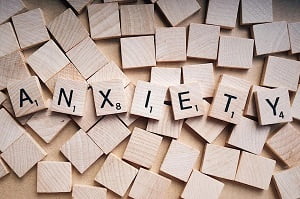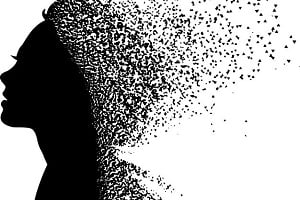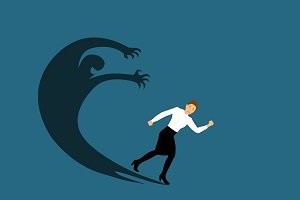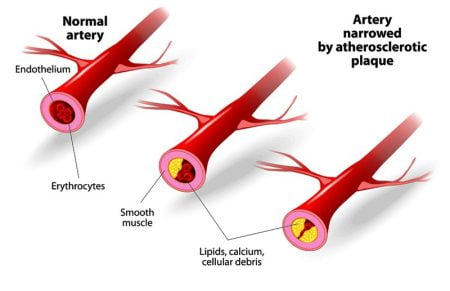Browsing: Phobia
Comprehensive Information, Resources, and Support on Phobia
Phobia of holes or trypophobia refers to the fear of a cluster of small holes and cracks. People who have trypophobia often feel discomfort, headache, and may even get panic shocks. People with trypophobia (fear of holes) get scared of watching completely packed spaces like a beehive, seed pod, or closure image of some pores.
Phobic hallucinations in children usually develop due to anxiety and fear. It has been usually found in children of age-group 7-10 years. Phobic hallucinations can affect performance of the children at school and may also interfere in their social life.
There are many mental disorders linked to phobia such as obsessive-compulsive disorder (OCD), post-traumatic stress disorder (PSD), depression, panic disorder, and psychotic disorders like schizophrenia. All these mental disorders share some common symptoms with phobia and can be life-threatening if left untreated.
Phobias and Brain Activity
The relationship between phobias and brain activity has been observed under MRI tests. People suffering from phobias have an increased activity of the amygdala. Amygdala is an almond-shaped structure present deep inside the brain’s temporal lobe behind the pituitary gland. Amygdala is involved in controlling emotions, survival, instincts, and memory. Thus people with phobias may have difficulty controlling their emotions, lack survival instincts, and have memory problems.
Nyctophobia is a fear of night or darkness that can develop symptoms of anxiety and depression. This phobia usually develops during childhood and continues further till a person is alive. It is usually said that people develop a fear of darkness because they cannot see anything that makes them feel unsafe, and they start feeling anxious.
Different Types of Phobias
A phobia is a type of anxiety disorder in which there is a persistent, excessive and irrational fear reaction. A person having a phobia either tries to avoid the thing that triggers the fear, or encounters it with great anxiety and distress. The person may not experience phobia until he or she comes in contact with the source of fear and that fear can be of a specific place, situation, or object.
Aerophobia refers to the extreme fear of flying either in aero planes, helicopters or even flying sports. People with fear experience anxiety, trembling, nausea and panic attacks. Aerophobia suffering people usually sense sounds and movements during takeoff and landing which are unpleasant to them.

